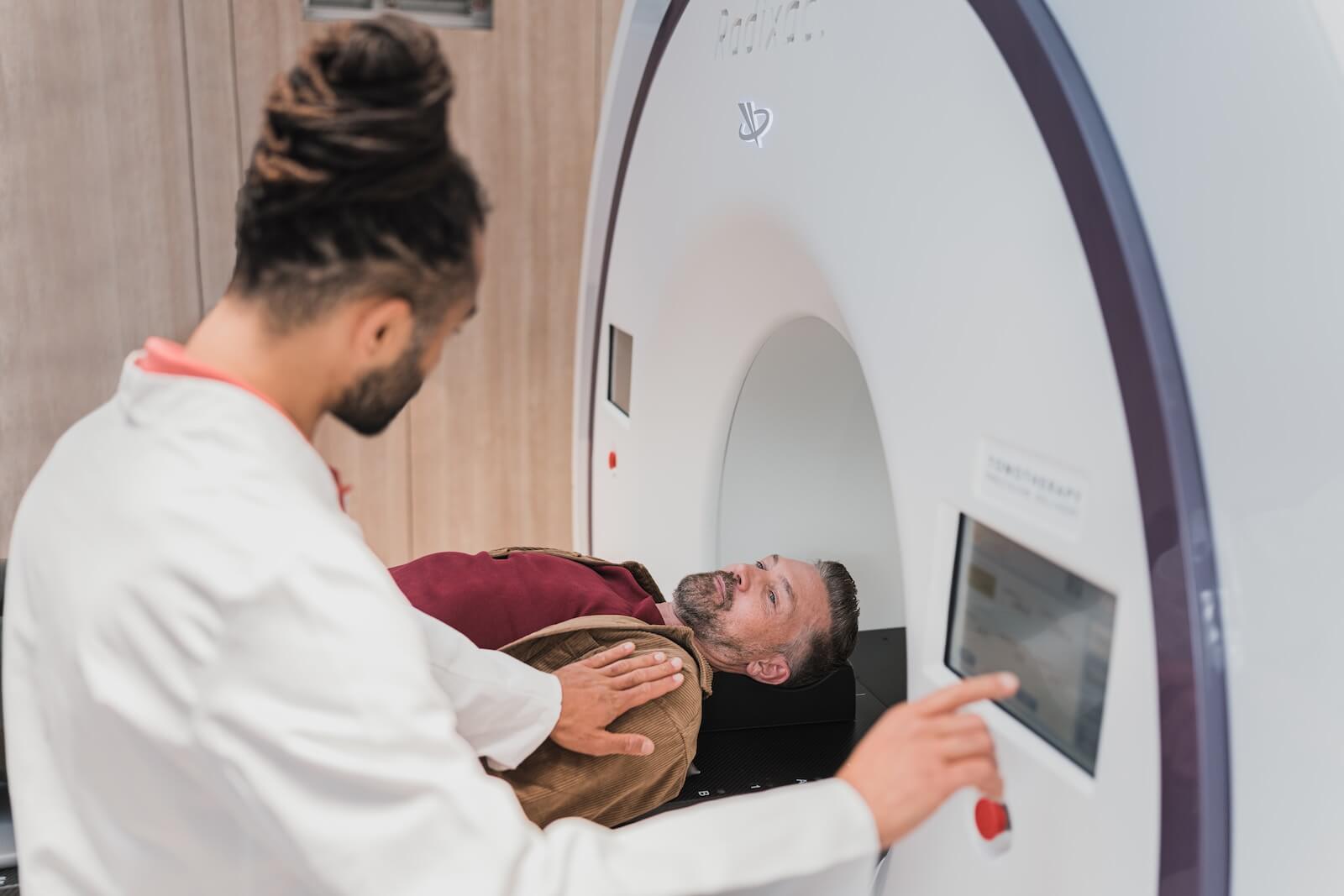LOS ANGELES — Promising new methods to treat aggressive prostate cancer have emerged from a significant clinical trial. The findings of this global research project highlight two potential treatment paths that could enhance a man’s chances of survival.
The American Cancer Society estimates there have been about 288,000 new cases of prostate cancer in the United States this year. This cancer affects the prostate, a walnut-sized gland responsible for producing semen. Tragically, more than 34,700 men in the U.S. have died of the disease so far this year. Official statistics reveal that one in eight men will face a prostate cancer diagnosis in their lifetime.
Researchers at the Cedars-Sinai Medical Center have introduced renewed hope, identifying two innovative treatments for recurrent prostate cancer. Both these treatments have been shown to extend the period patients live without disease progression, compared to the current standard treatment.
“If these treatments are approved by the Food and Drug Administration, our results will be practice changing,” says the study’s lead author, Dr. Stephen Freedland of Cedars-Sinai, in a media release. “In the study, both of these new options improved metastasis-free survival while preserving quality of life.”
The researchers emphasize that some prostate cancer patients might never require treatment due to the slow progression of their disease. However, those diagnosed with a more aggressive form often undergo surgery or radiation therapy as an initial treatment.
Patients with an aggressive recurrence usually undergo androgen deprivation therapy (ADT), commonly known as hormone therapy. This therapy diminishes their testosterone production — a hormone that accelerates the growth and spread of prostate cancer cells. While ADT curtails the growth-stimulating effects, it doesn’t entirely eliminate testosterone and can introduce several undesirable side effects.
“When you go on ADT, the testosterone level in the blood is reduced, but not completely eliminated. Additionally, patients are often apprehensive about hormone treatments,” Dr. Freedland explains. “And the concern is that the testosterone that remains may still be enough to stimulate tumor growth. Also, patients don’t love the idea of being on hormones.”

In this comprehensive study involving 1,068 prostate cancer patients across 244 sites in 17 countries, the research team tested two experimental interventions. One-third of the patients were administered ADT combined with a drug called enzalutamide, designed to block testosterone’s effects. This medication ensures any remaining testosterone does not promote cancer cell growth. Another segment of the patients received only enzalutamide, which was effective even without reducing testosterone levels in the blood.
“We wanted to see whether enzalutamide on its own was so effective that we didn’t need the ADT,” adds Dr. Freedland.
The remaining patients underwent the standard treatment, which was ADT alone. The research indicated that combining ADT and enzalutamide decreased the risk of metastasis or death by 58 percent compared to just ADT. Enzalutamide alone reduced this risk by 37 percent over ADT alone. Impressively, both treatments upheld the patients’ quality of life.
“While the combination therapy offers greater risk reduction, some men might prefer enzalutamide alone. It does a good job of preventing cancer spread or death, with different side effects that may be more acceptable for some men,” notes Dr. Freedland.
He anticipates the next move will be for enzalutamide’s manufacturers to seek FDA approval, propelling this experimental therapy into broader application.
“Optimizing therapy for patients with aggressive recurrence after their prostate cancer is initially treated has been an unmet need,” says Dr. Dan Theodorescu, director of Cedars-Sinai Cancer. “The results of this trial point the way to two options which the study showed were more effective than current standard of care, giving these patients and their providers the opportunity to choose a potentially improved course of therapy that best meets their needs.”
The study is published in the New England Journal of Medicine.
You might also be interested in:
- Best Men’s Multivitamins: Top 5 Brands Most Recommended By Experts
- Free online tool could save prostate cancer patients $9,000 in drug costs
- First-of-its-kind cancer treatment tricks tumors into not spreading
South West News Service writer Stephen Beech contributed to this report.

